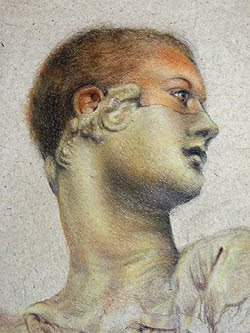


However, while DO collections are allowed under the new rule, implementation of the provision concerning DO collections for FU and RTD tests has been delayed until Nov. In addition, because the use of “prosthetic devices that look like real human anatomy” have proved to be highly effective at beating a urine drug test, a transportation industry employee can now be compelled to lower his or her “pants and underwear so that the collector or observer could determine whether the employee was using such a device,” under the rule that became effective Aug. The DOT says DO collections are-and always have been-controversial “because of their greater impact on employee privacy” and some service providers “would prefer not to conduct directly observed collections at all.” However, DO collections can be useful because they reduce the opportunity for specimen tampering, the DOT says. In addition, employers are currently allowed-but not required-to order a DO test for follow-up (FU) and return-to-duty (RTD) urine specimen collections. In addition, direct observation is required at urine collection sites if a collector finds materials at the site designed to tamper with a specimen if a specimen is out of temperature range or if other evidence is detected that indicates an attempt to tamper with a specimen. When the MRO reports a negative-dilute specimen with a creatinine concentration greater than or equal to 2 mg/L or less than or equal to 5 mg/L. When the MRO reports that the original non-negative result had to be canceled because there was not a split specimen available for testing. When a laboratory reports an invalid specimen and the “medical review officer” (MRO) reports that there is no adequate medical explanation for the result. In addition, employers are required to “direct an immediate collection under direct observations in three circumstances,” the DOT says.

“As a result, DO tests constitute only a tiny percentage of the drug tests conducted each year under DOT drug testing rules,” the department says. By limiting when DO can be implemented, a balance of the legitimate privacy expectations of employees and the integrity of the DOT’s safety concerns is maintained, the department says. DO should be limited to situations where there is a high incentive to cheat, or where circumstances demonstrate the likelihood of cheating, the DOT said. Therefore, along with making DO mandatory in certain situations, the DOT has limited when DO would be used, saying it is not appropriate for all pre-employment and random drug tests. However, sections of the 2005 NPRM requiring “direct observation” (DO) of urine collection-having an official watch as the subject of the drug test urinates into the collection receptacle-to ensure specimen validity are “intrusive,” the DOT says. 31, 2005, the DOT issued a notice of proposed rulemaking (NPRM) to make “specimen validity testing” mandatory as a way to reduce efforts at drug test cheating. 25, 2008-a day before the DOT posted a notice about the regulation on the Federal Register-and delayed implementing some provisions of the rule until Nov. Department of Transportation (DOT) implemented part of its new drug testing rules on Aug. New transportation industry drug testing rules permit direct observation of urine collection and the partial removal of clothing, including underwear, to ensure that no devices containing drug-free urine are being used to cheat the test.


 0 kommentar(er)
0 kommentar(er)
